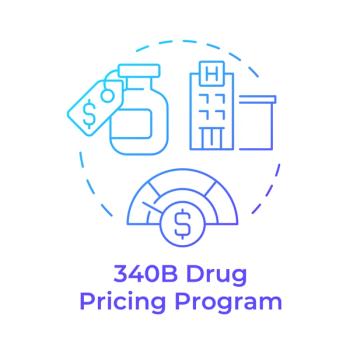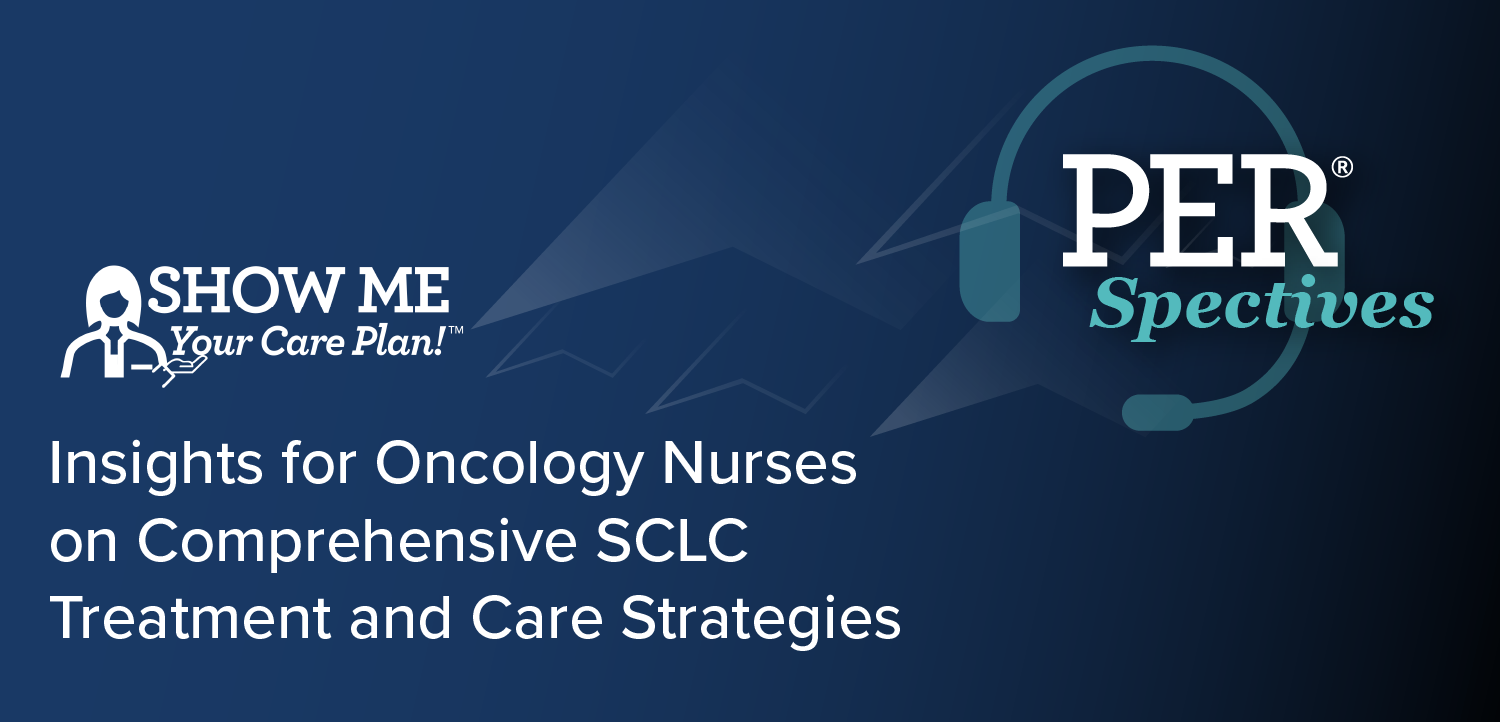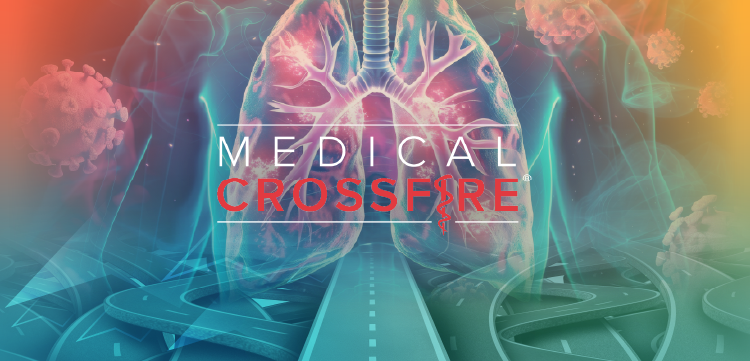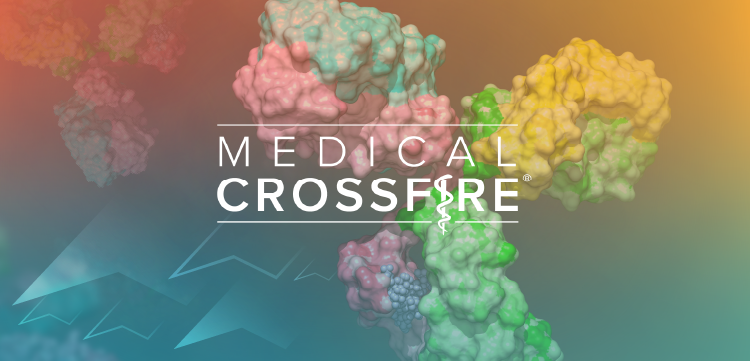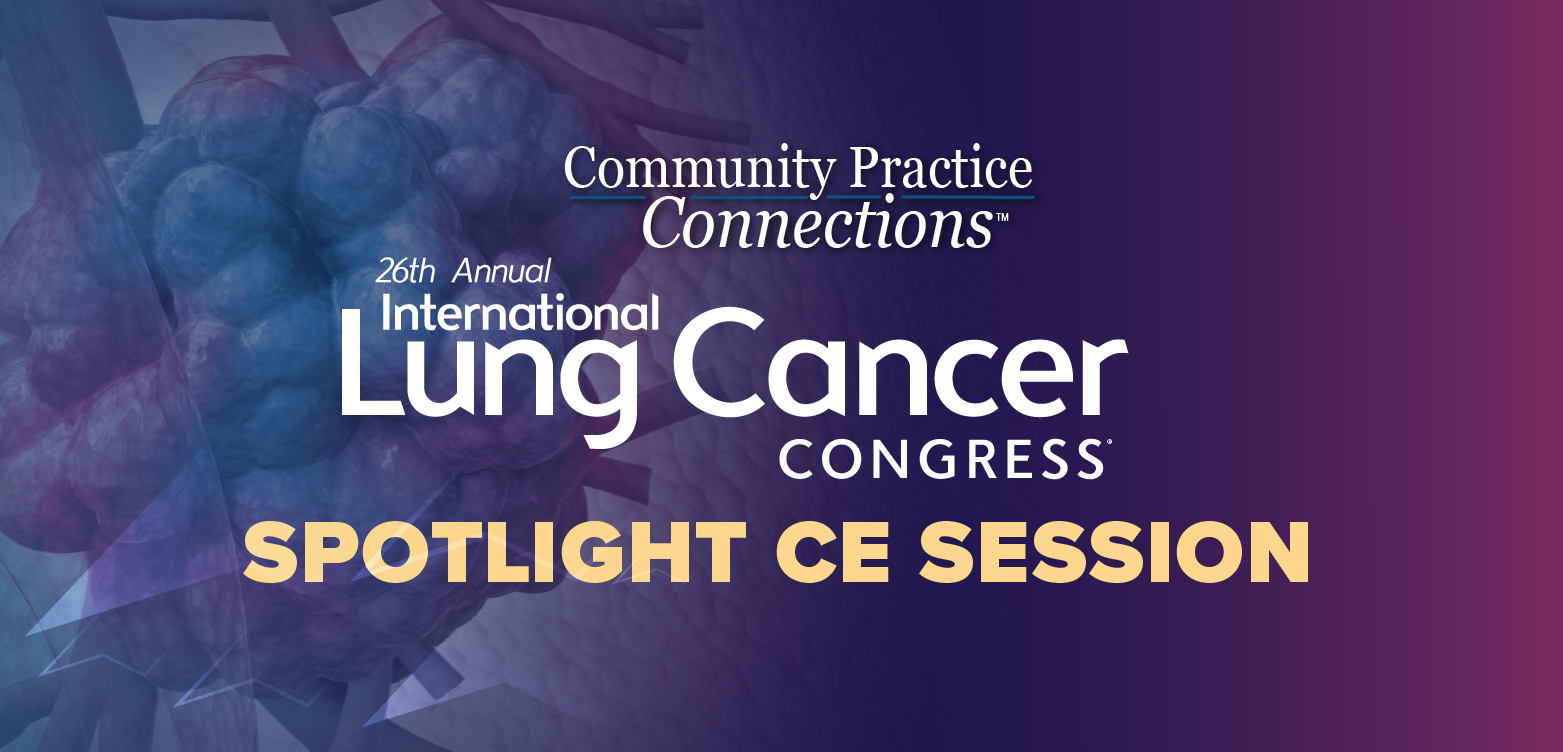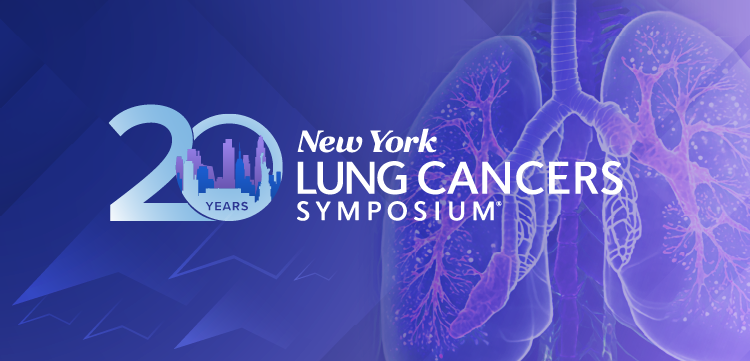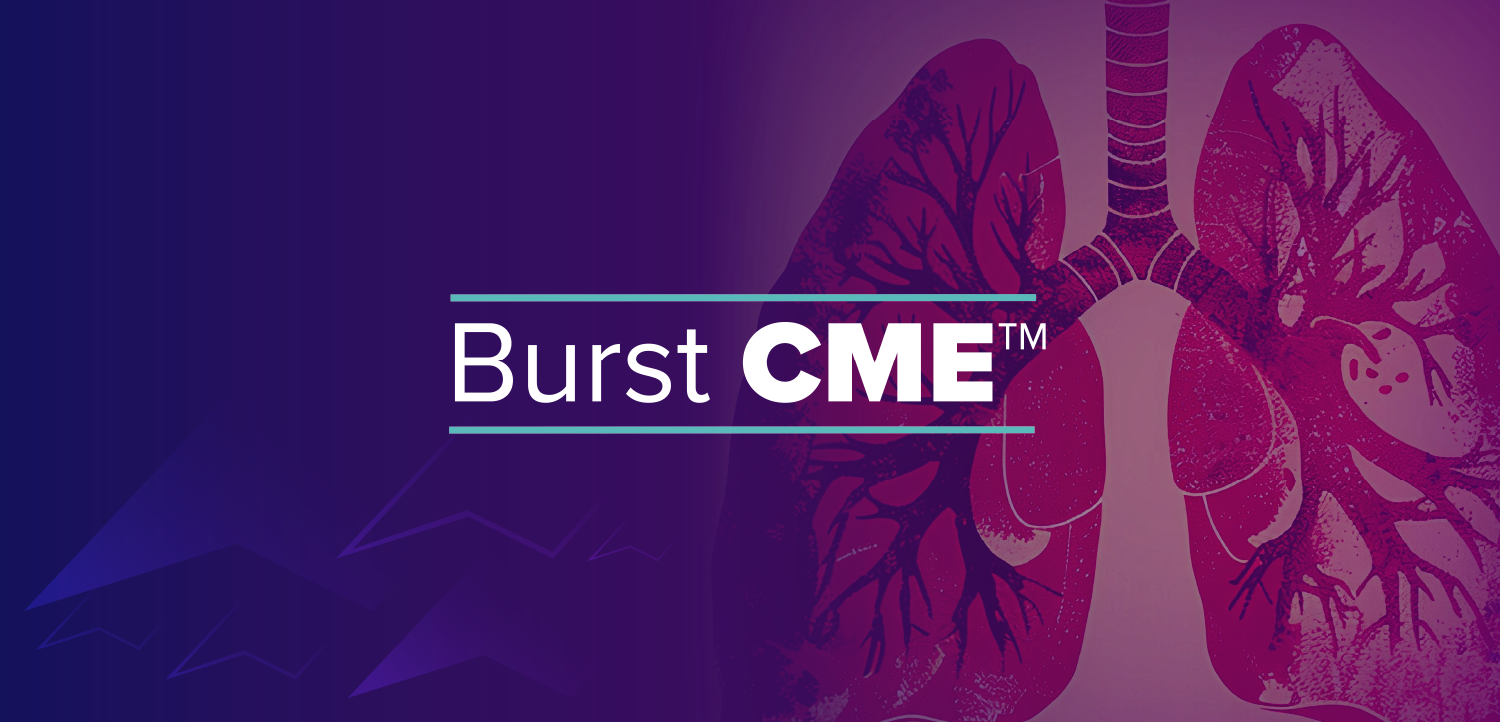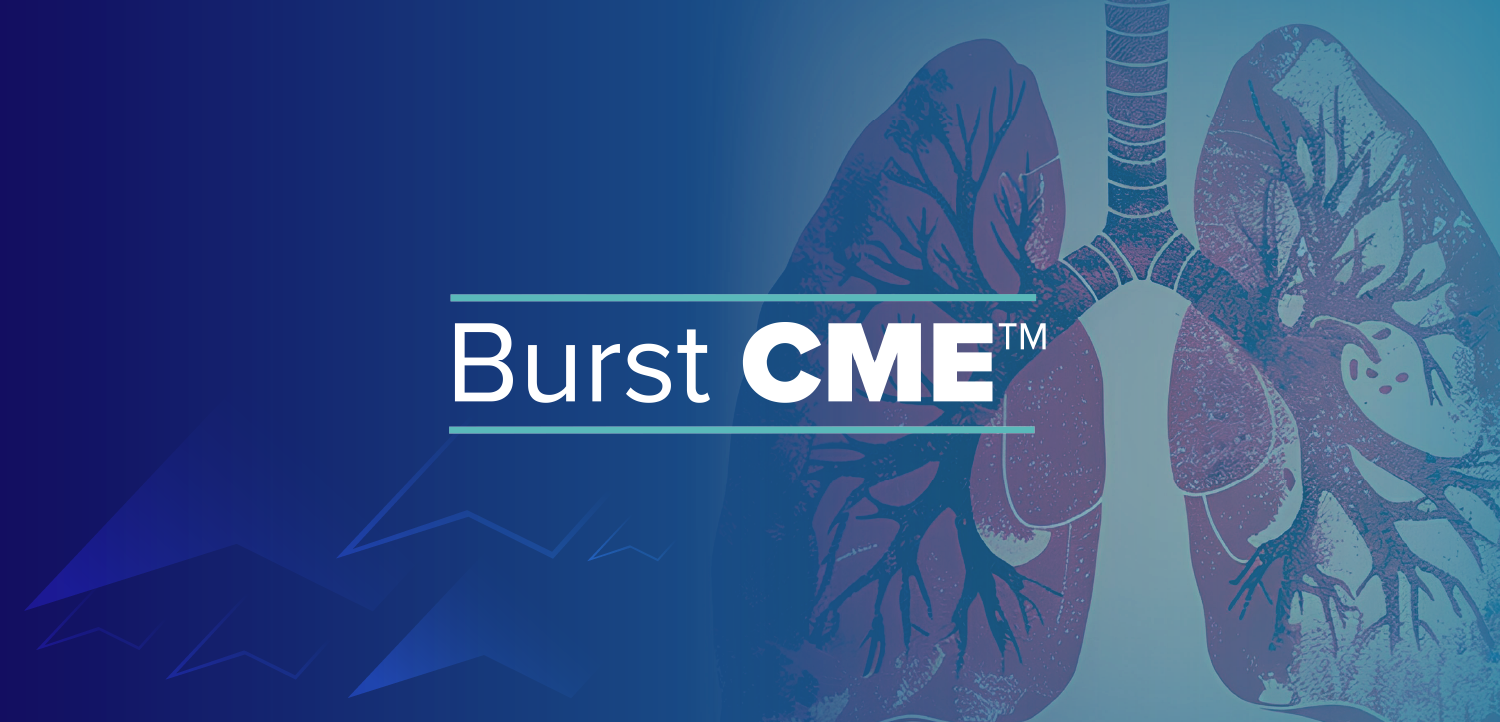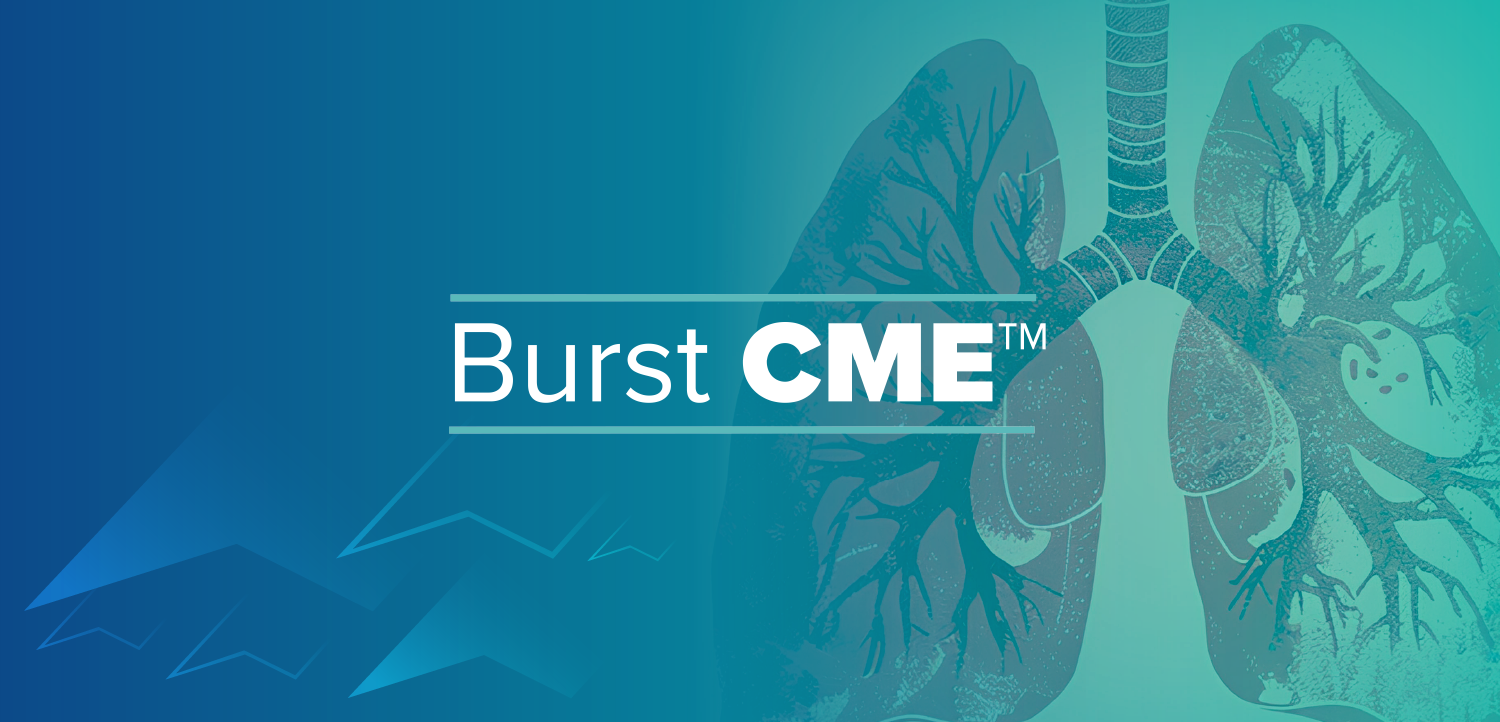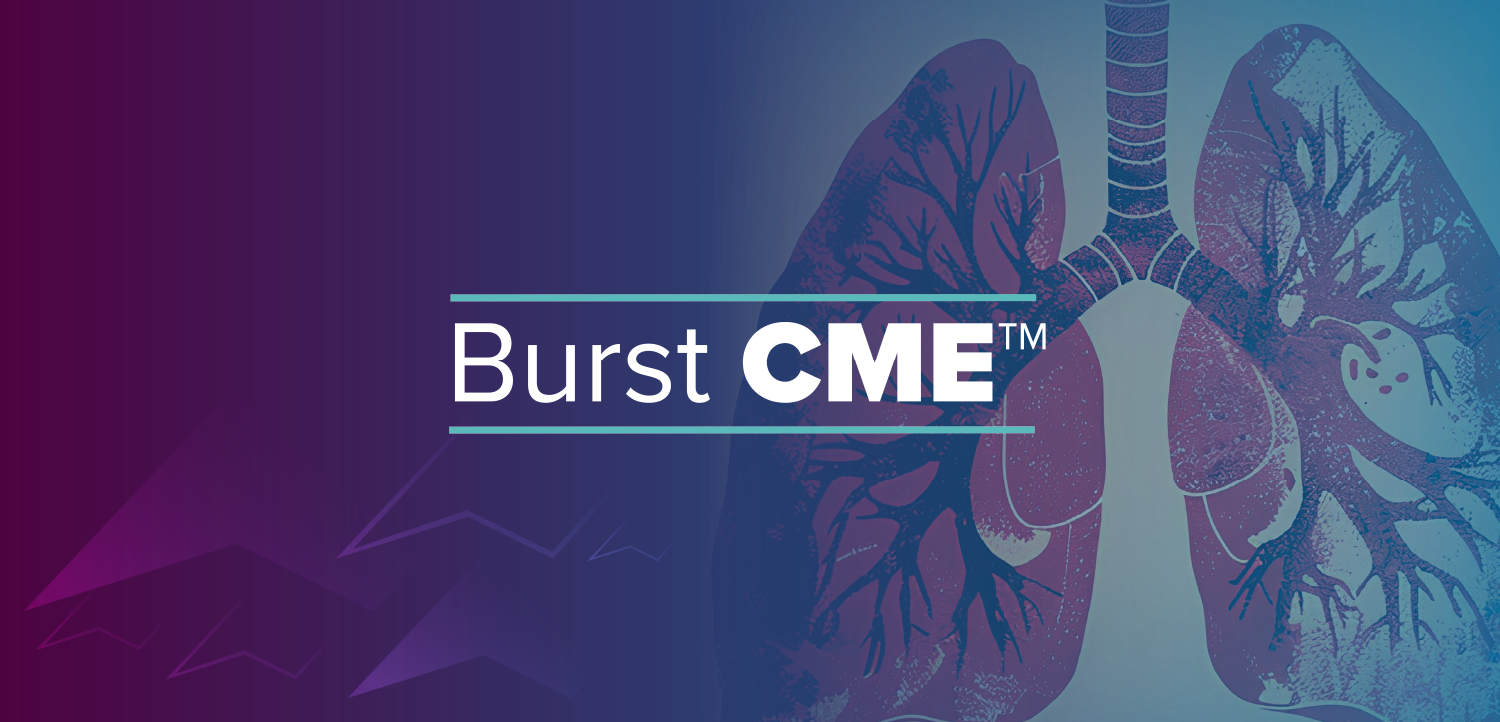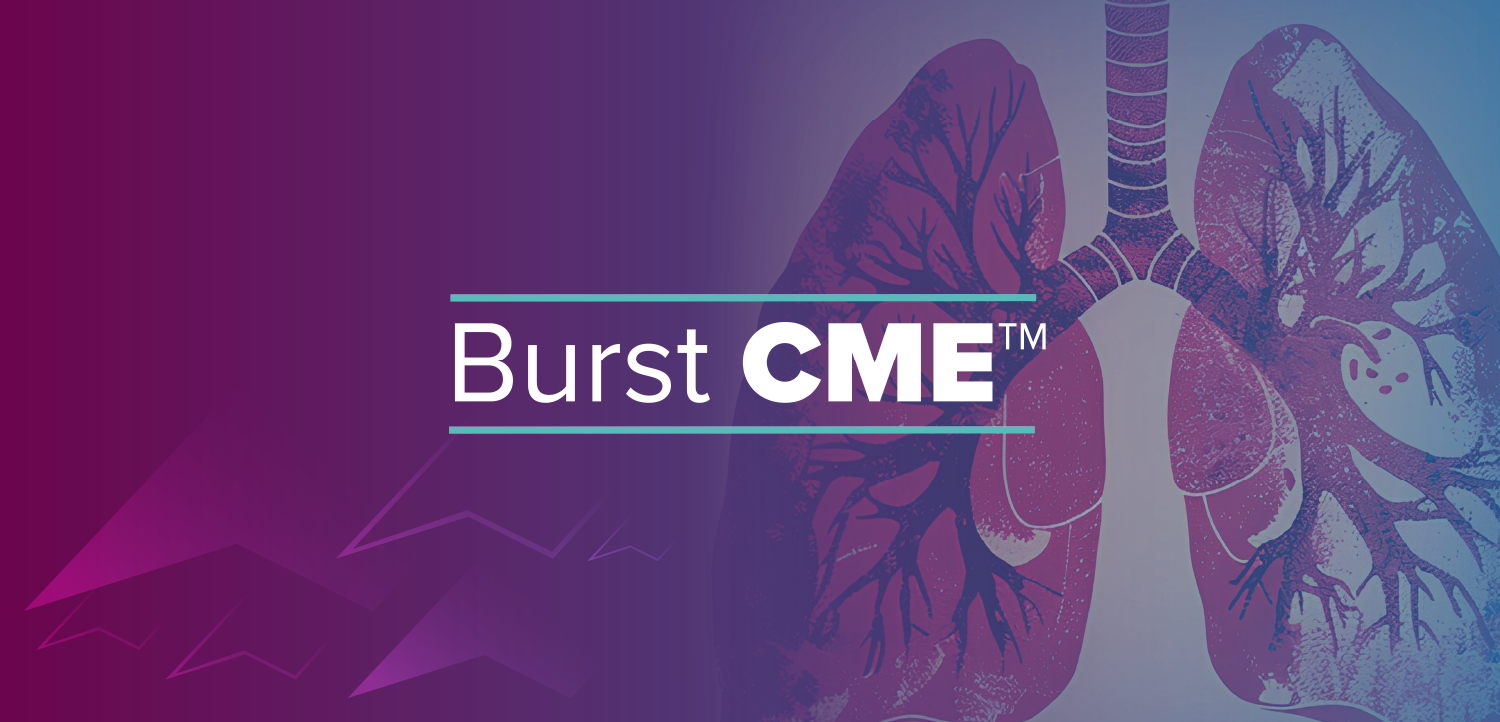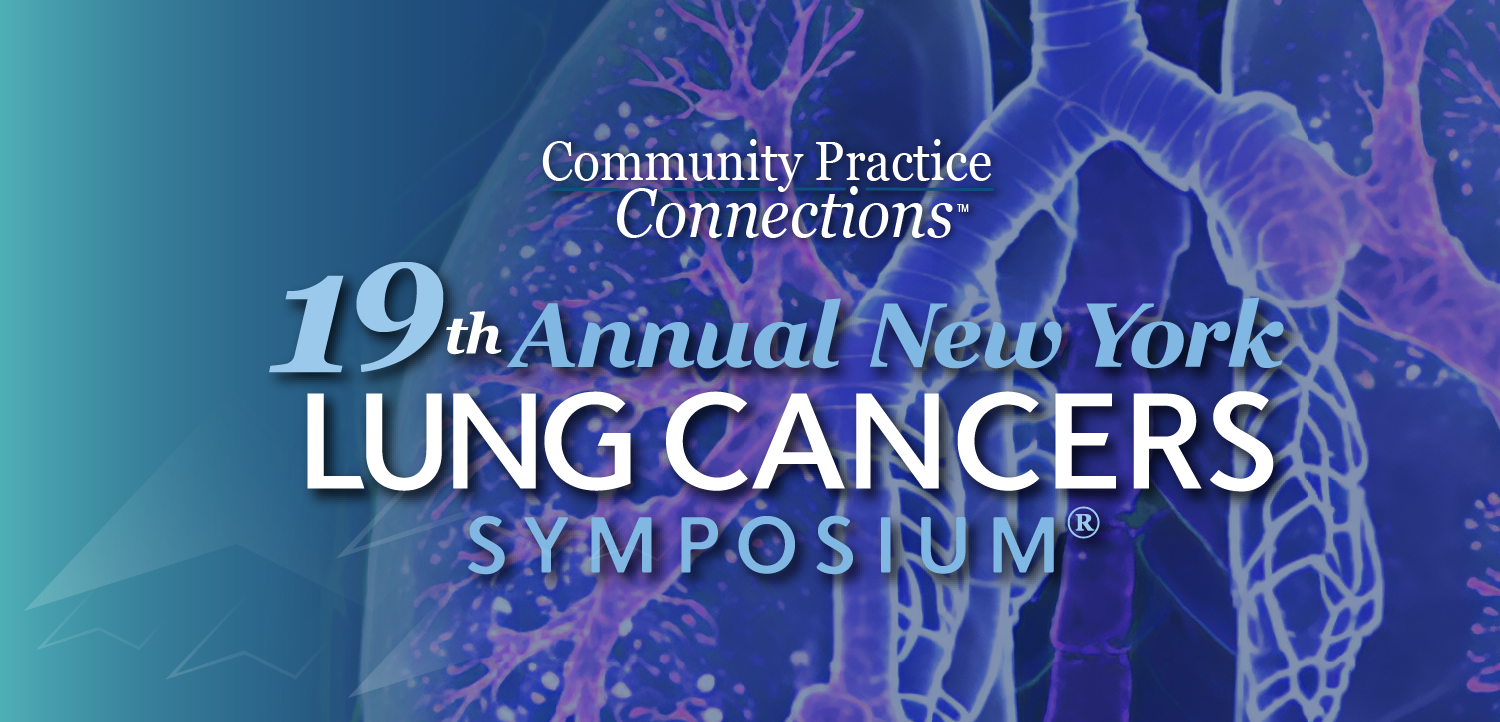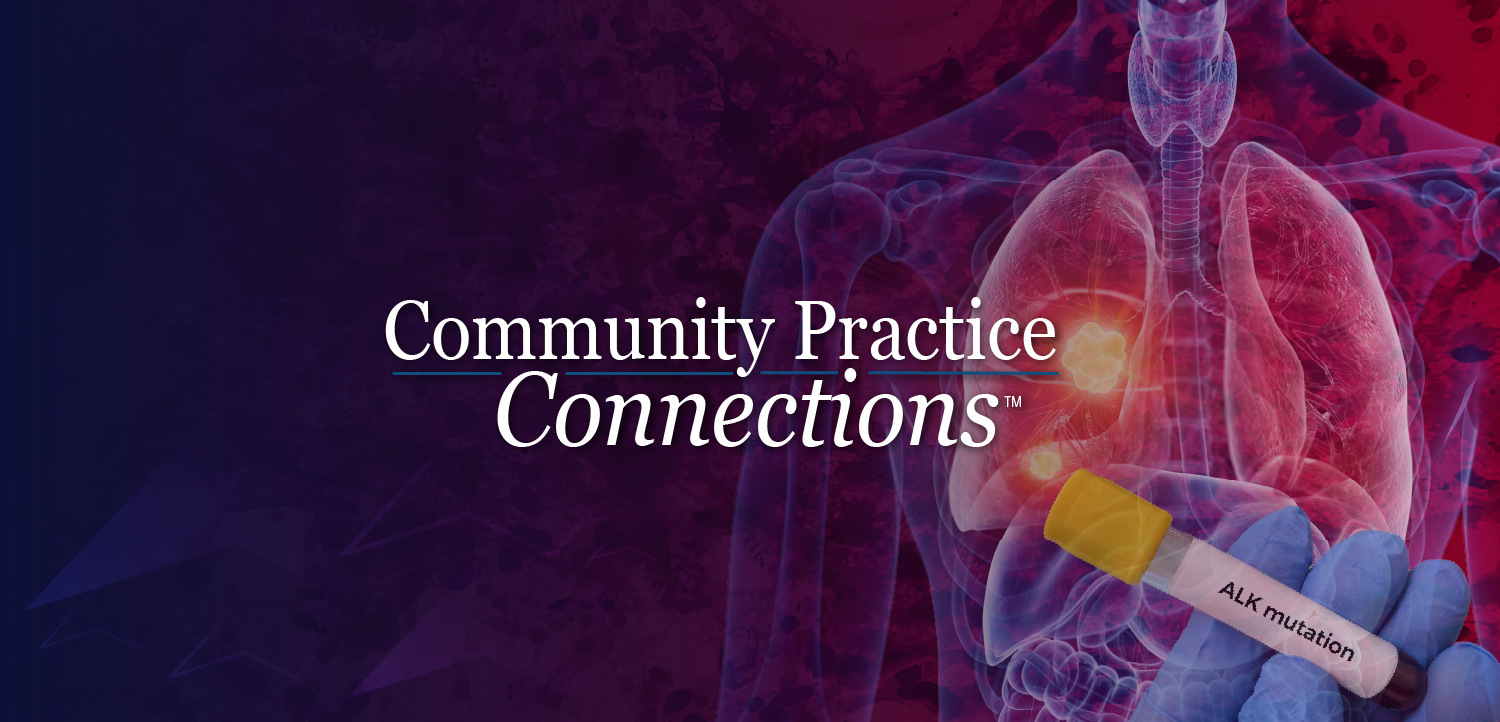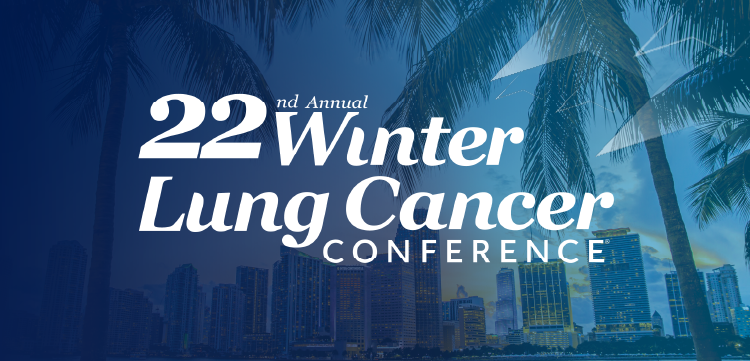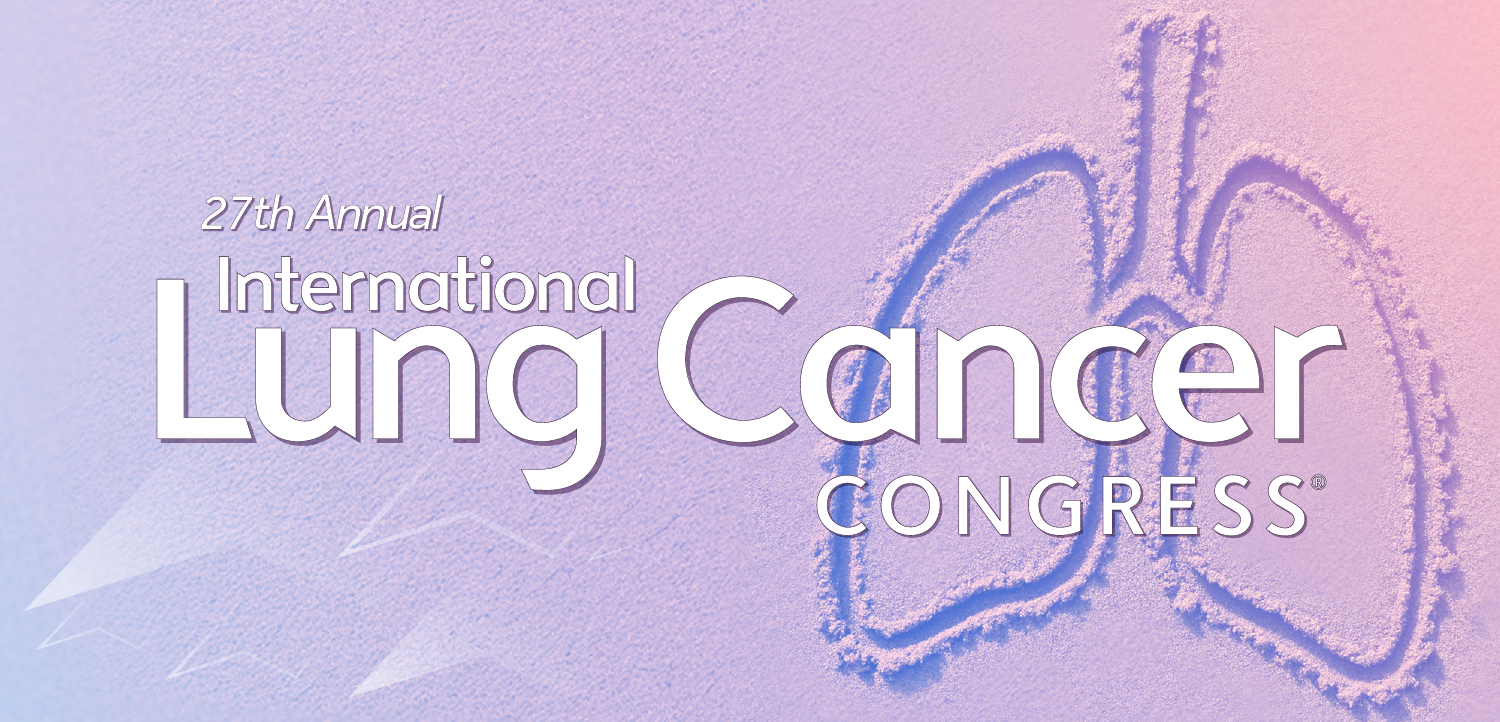
- MHE February 2025
- Volume 35
- Issue 2
Want to Improve Patient Care? Waste Not the Data
The technology to leverage healthcare data exists. The problem, according to Highlander Health, is outdated structures and silos.
Brad Hirsch, M.D., believes optimizing evidence generation can lead to profound improvements in the provision of healthcare. Yet he realizes that the term “evidence generation” is as amorphous as it is important.
“Evidence generation means something different for everybody,” Hirsch says. To investigators conducting a clinical trial, evidence generation could refer to meeting evidentiary standards with electronic data capture. For a health system gaining insights about its own performance, evidence generation may mean looking at electronic health record data from patients with a particular diagnosis receiving particular interventions. “So it really is a spectrum,” he says.
However, that wide spectrum is not a barrier; it’s the point. The goal, Hirsch explains, is to find ways to ensure that the vast amounts of healthcare data being generated each day do not fall by the wayside but are instead leveraged to
improve patient care.
In September, Hirsch and Amy Abernethy, M.D., Ph.D., announced the launch of Highlander Health, a firm built around the goal of promoting and facilitating better evidence generation. Both Hirsch and Abernethy are well-known in healthcare innovation circles. Their paths crossed at the Duke University School of Medicine in Durham, North Carolina; the oncology-focused firm Flatiron Health; and most recently at Alphabet’s healthcare spinoff Verily. Highlander Health is actually two entities: the public interest platform Highlander Health Institute and the investment arm Highlander Health Partners.
A bumpy road
Highlander Health’s entrance comes at a time when the technology used to collect and share healthcare data stretches from the cutting-edge to the decades old. Many large healthcare organizations are well-versed in de-identifying information, using security tokens and following best practices at scale. However, smaller health systems often operate using older technologies.
“There are smaller, independent practices where sometimes, to get the data out, it’s actually an export of a PDF,” Hirsch says.
This means that the accessibility of a particular patient’s data can vary widely depending on where they receive their care.
In addition, although certain data — such as laboratory test results — come in numeric form and fit within a specific range, the same is not true for subjective data such as family medical histories. “You know where to look for the data, but they are not structured as a specific numeral or something like that,” he explains.
Aside from the technical challenges, Highlander Health also has to deal with the fact that healthcare is a business. That means a maze of financial and contractual limitations must be navigated.
“Part of it is just really understanding what are the motivations and what are the right ways to engage a health system to do this work,” he says.
For Highlander, finding solutions to these problems starts with setting up demonstration projects called “learning laboratories,” each of which are designed to find answers to specific questions. In October 2024, Highlander Health announced that it had partnered with Lyda Hill Philanthropies to fund three projects.
One is a partnership with Baylor Scott & White Research Institute in Dallas, Texas, to explore how routine healthcare data can be used in clinical trials and registries in ways that uphold high data quality and provenance standards. Another is with Memorial Sloan Kettering Cancer Center in New York, New York, that focuses on streamlining multisite clinical trials by centralizing things such as regulatory requirements.
“The key to get a much broader footprint of clinicians and hospitals and health systems being willing to be a part of this process is to make it easier,” Hirsch says.
Lastly, Highlander is partnering with the Duke-Margolis Institute for Health Policy to analyze issues, policies and technologies that affect the generation of strong
healthcare evidence.
Mark McClellan, M.D., Ph.D., the Duke-Margolis Institute’s director, said in a news release that he expects the project to help support the adoption of consistent standards and technologies in evidence generation.
“While some progress has been made, this partnership with Highlander Health will help stakeholders move beyond the present state and drive improvements in population health outcomes,” he said.
Hirsch says these projects can help facilitate a shift away from a retrospective mindset around the use of real-world evidence.“ We’re going to try to pivot to a prospective frame and say, ‘Here’s what a trial looks like, and how can we augment it with more real-world evidence, some of which is collected in a prospective frame?’ ”
Getting buy-in
The ultimate success of those projects, though, will also require buy-in from two other stakeholders: patients and regulators. Hirsch says one of Highlander’s goals is to help find better ways to empower patients to easily participate in research, something he calls “consenting at scale.” At the same time, he says, patients will need transparency about how their data are being used — and how to opt out if they do not want to participate. He says pilot projects along those lines are already in the works in some parts of the country. Meanwhile, there are strong signs that the FDA will be receptive to improved real-world data collection. In December 2024, the FDA’s Center for Drug Evaluation and Research (CDER) announced the creation of the new Center for Real-World Evidence Innovation.
“We are creating a focal point within CDER to identify ways in which we can utilize RWE [real-world evidence] to streamline the development of effective and safe medicines for conditions with unmet need,” CDER Director Patrizia Cavazzoni, M.D., said in a news release. Cavazzoni resigned in January 2024 just before the start of the Trump administration.
Hirsch says he and Abernethy learned during their time at Flatiron that having a collaborative, transparent and proactive approach toward regulators is vital.Although Highlander Health is essentially a technology firm, Hirsch says he does not think technology is the limiting factor to the kind of data optimization he and Abernethy envision. Rather, it’s infrastructure, processes and mindsets that need to change to enable the full optimization of the technology. Toppling those barriers, he says, requires evidence. “It’s not that I think people are resistant,” he says. “I think that they’re waiting to have people prove what’s possible.”
Sidebar
Two entities are better than one
As Hirsch and Abernethy set out to restructure the way healthcare data are collected and used, they decided to create a two-entity structure.
Highlander Health is split into two arms. one devoted to public interestand the other, dubbed Highlander Health Partners, to healthcare-focused investment. Hirsch says the two-entity model is all about flexibility.
The public interest side, he says, can operate freely from profit considerations.
“If you are embedded within a given for-profit entity, it’s hard to have some of the conversations to really move the policy field forward and to be able to partner with regulators and do the things you need to do,” he says.
The Highlander Health Institute, he says, will be better able to partner with health systems and other entities to drive their vision forward without having to worry about things such as intellectual property rights or product sales.
However, he says the for-profit side also opens doors because it allows Highlander to support particular ideas that have the potential to help make Highlander’s vision into a reality.
“We think there are ways we can engage [with partners] to build really compelling answers,” he says.
Highlander Health Partners announced in January that it was acquiring the data firm Target RWE. It’s the first of what Hirsch hopes to be a series of investments in 2025 and 2026.
Articles in this issue
10 months ago
How Can We Get Better?10 months ago
What Does ‘Cure’ Really Mean?11 months ago
‘You’re Beautiful’: Life After Double MastectomyNewsletter
Get the latest industry news, event updates, and more from Managed healthcare Executive.


